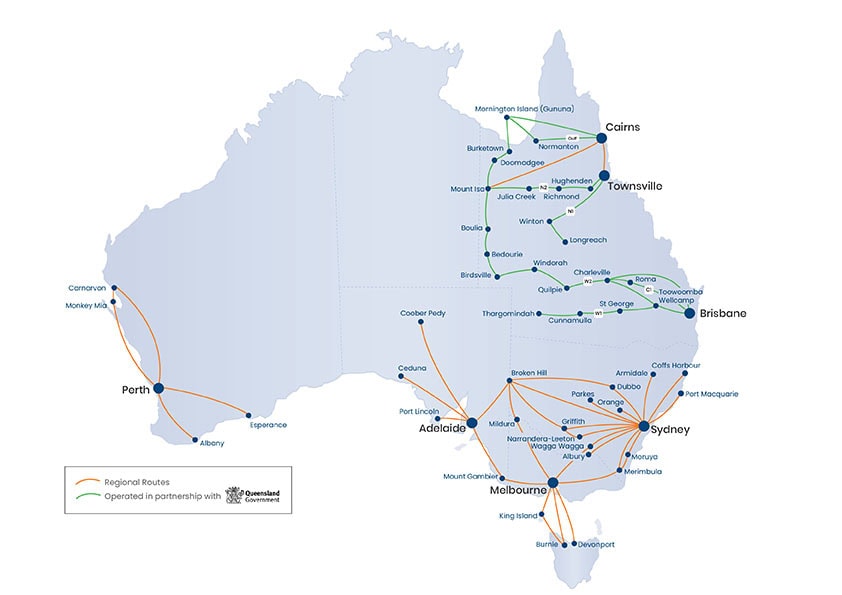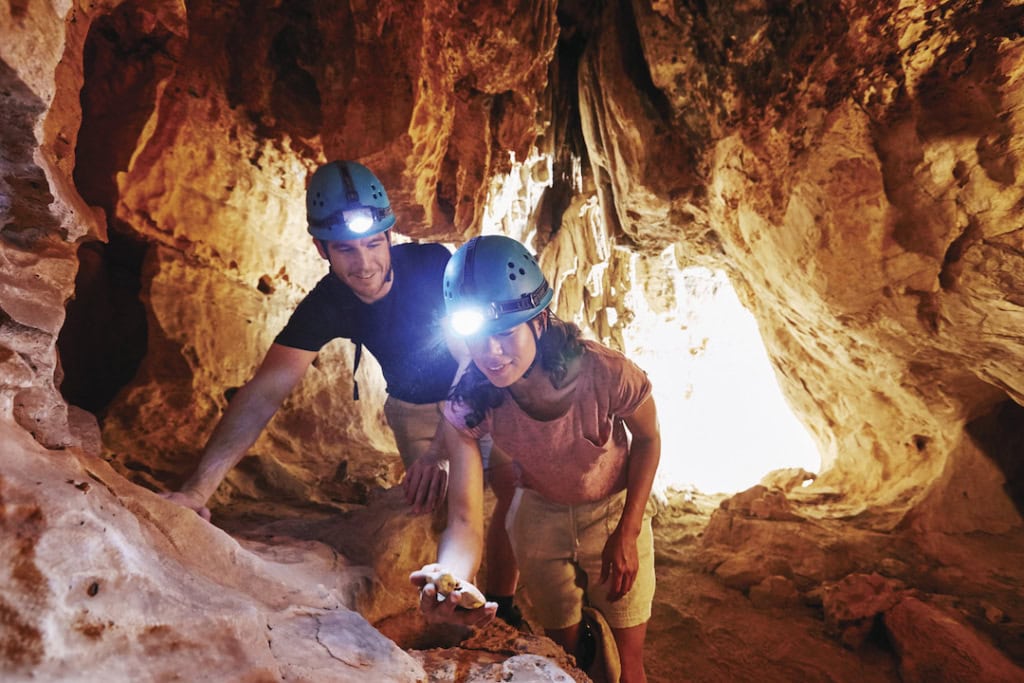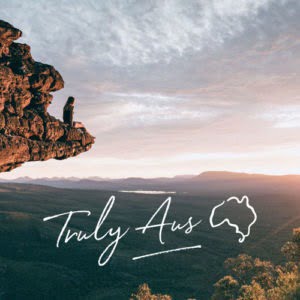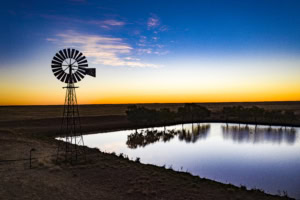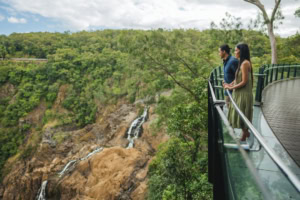Western Australia’s wild and wonderful cave systems make for an exciting and enriching exploration for all nature and adventure lovers.
From swimming in fresh water pools to checking out ancient, fascinating mineral formations and marvelling at skeletons of the former inhabitants, the caves in Western Australia have something for everyone. Opening Image from Tourism Western Australia.
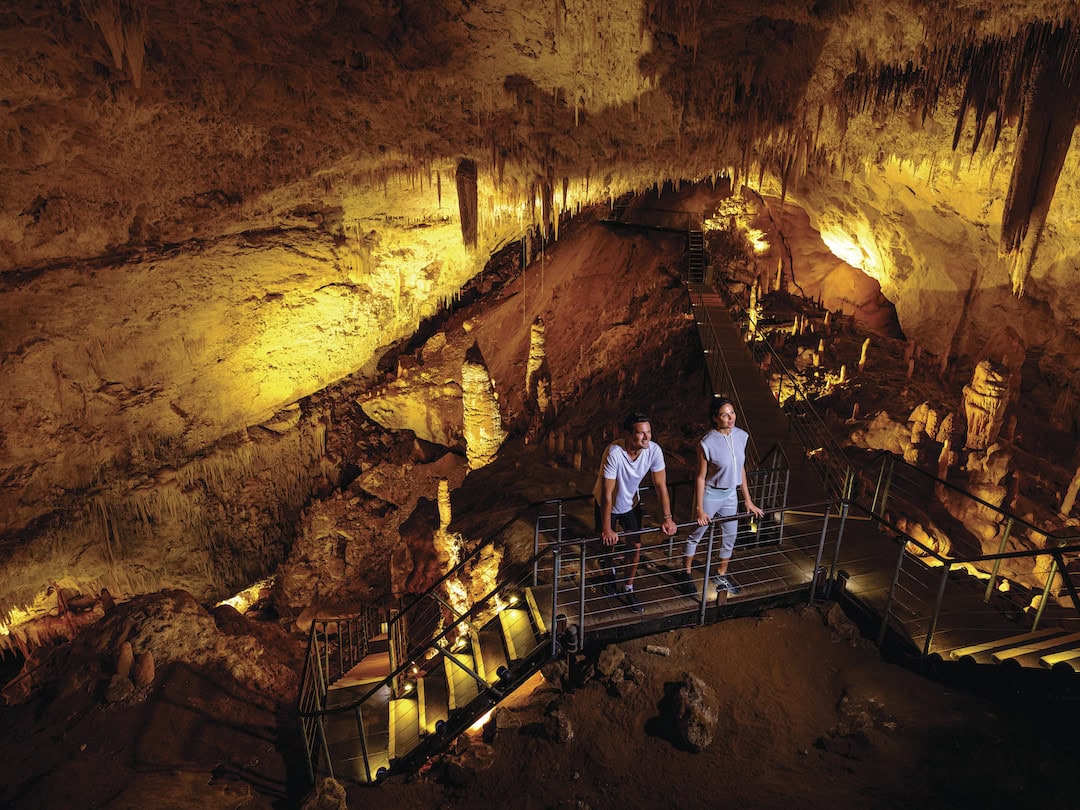
Jewel Cave
Located 10 minutes north of Augusta, Jewel Cave is the largest show caves you’ll find in all of Western Australia. Walk through the three-chamber cavern and be greeted by dazzling crystal formations that formed thousands of years ago, and see one of the longest straw stalactites in the world – at an astounding 5.43 metres in length. The stunning cave also contains fabulous examples of helectites and a very large stalagmite called ‘The Karri Forest’. There are also awe-inspiring examples of flowstone such as ‘The Frozen Waterfall’ and ‘The Organ Pipes’.
For fans of paleontology, and history buffs, Jewel Cave is the site of fossilised remains of a Tasmanian tiger that was discovered back in 1960, which once fell into the recess and could not escape. Remarkably, it has been safely preserved and was found 24 years after the marsupial was thought to be extinct on mainland Australia in 1936. You can also check out the skeleton of the of a brushtail possum, which was dated by radio carbon techniques and found to be around 400 to 500 years old.
This $24 tour is chock-full of sights to behold. Afterwards, relax and enjoy morning tea or lunch at the Deepdene Cafe in the cave’s precinct, with outdoor dining and gorgeous views of the surrounding Karri forest.
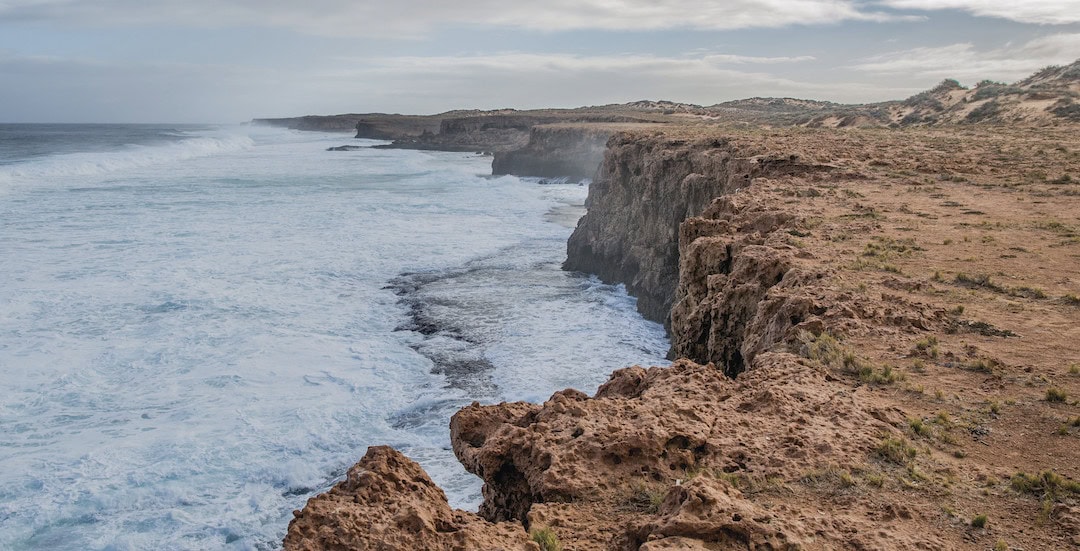
Point Quobba
Looking for an experience that combines the ocean and a true adventure? Point Quobba is 75 kilometers from Carnavron, and it is renowned for its blowholes and sea caves, where strong ocean currents push the water up, causing it to spectacularly erupt into the air – the jets reaching up to twenty metres. It creates a breathtaking sight, but make sure you get your timing right, as the blowholes perform best when the tide is surging, not during high tide when the narrow holes are covered. Take your camera and get an impressive video.
Beyond the sea caves, Point Quobba has a lagoon known as the ‘Aquarium’, which has an abundance of coral to admire, so it’s the perfect place to have a snorkel.
If you want to linger longer and spend a night in this magical spot, you can camp in the area if you are self-sufficient. There is a dump point and rubbish collection, but you must bring your own water, food and general supplies.
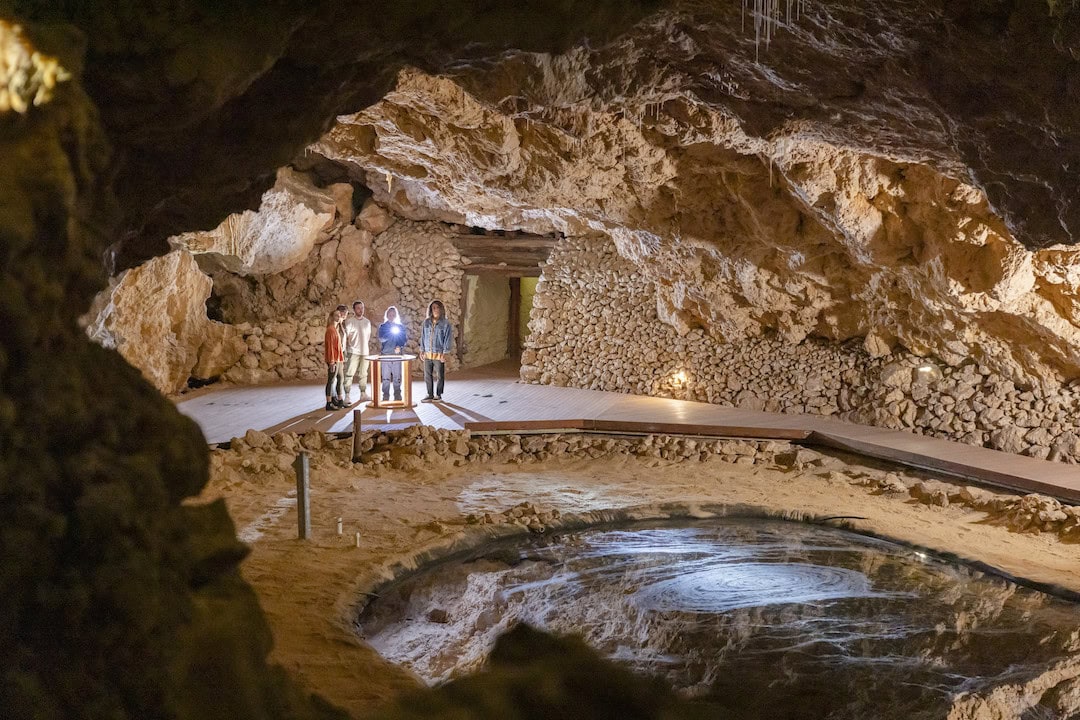
Crystal Cave
Spending time in Perth and craving a taste of nature? Crystal Cave in Yanchep National Park (a 45-minute cruise from downtown Perth) is like jewelled city, with stalactites, stalagmites and helictites, flowstones, columns and shawls peppered throughout this beautiful ‘stream cave’.
Cave tours happen every day of the year, with tickets available from McNess House Visitor Centre. They must be purchased at least 15 minutes prior to the tour time.
Crystal Cave is just one part of the visitor experience, as there are also walking trails where you can see koalas and kangaroos, or relax and have a picnic.
If you make the visit between September to November, you’ll be there just in time for Perth’s awesome wildflower season.
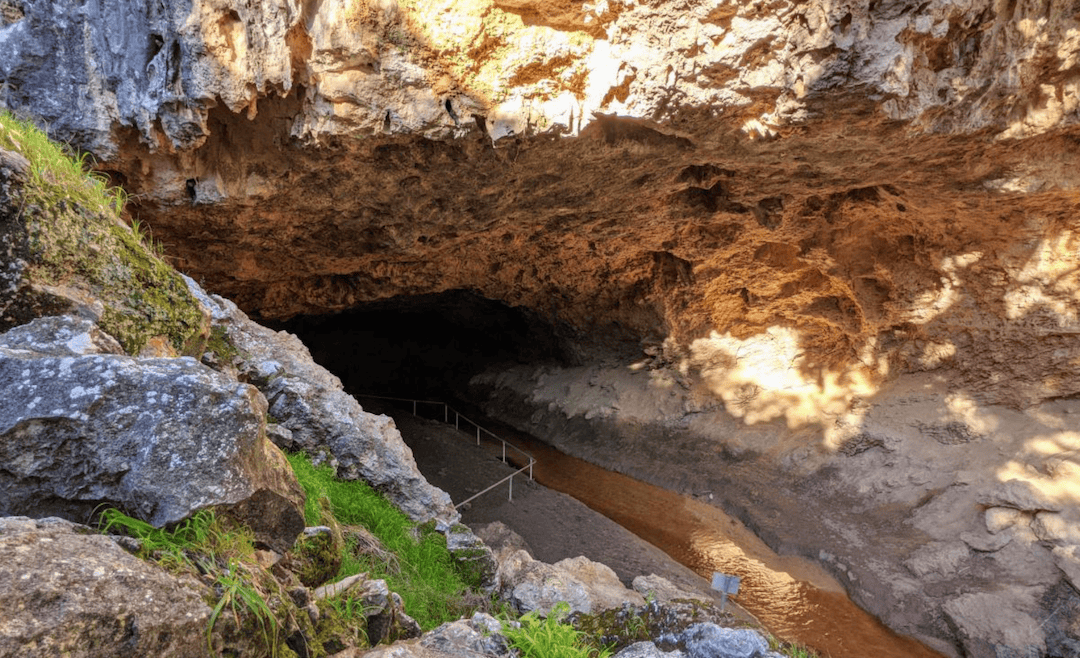
Stockyard Gully Caves
At Stockyard Gully National Park, three hours northeast of Perth, you’ll find some of the state’s most stunning limestone caves: Stockyard Gully Caves. They eventually lead to an underwater river system, and the park’s name is derived from the fact that the stockmen in the area used the caves as holding pens for their cattle.
The largest of the caves is around 300 meters long and the floor is covered in sand. The smaller caves pose more challenges for adventurers as there is a lot of squeezing, ducking and manoeuvring through openings and tunnels.
Don’t forget to bring a torch and lots of water before embarking on this journey – some parts of the cave are dark and there is no fresh water available. It’s also only accessible with a 4WD on the last five kilometres to the carpark, and there’s some sand driving in parts.
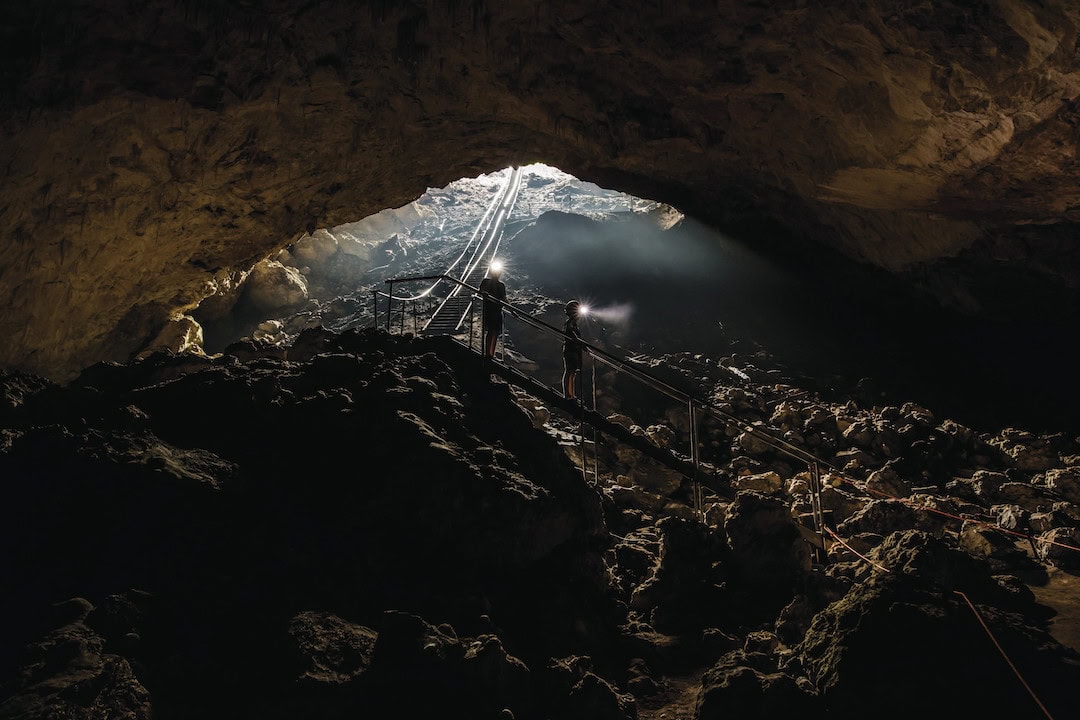
Mammoth Cave
Mammoth Cave in beautiful Margaret River is home to so much interesting history – with more than 10,000 fossil specimens having been found here. In fact, Mammoth Cave is home to the largest extinct marsupial deposits in Australia, and upon excavation, many of these fossils were found to be remains of Australian Megafauna (giant animals) that became extinct around 46,000 years ago.
Check out the 50,000-year-old jawbone of a giant marsupial (around the size of a cow) embedded into a wall of the cave.
It’s also a perfect destination for nature-lovers and those after a great walk, as the end of the cave has you coming out on a walking trail through a marri and karri tree forest.
The self-guided tour is available in several languages, including English, French, German, Malay, or Mandarin.
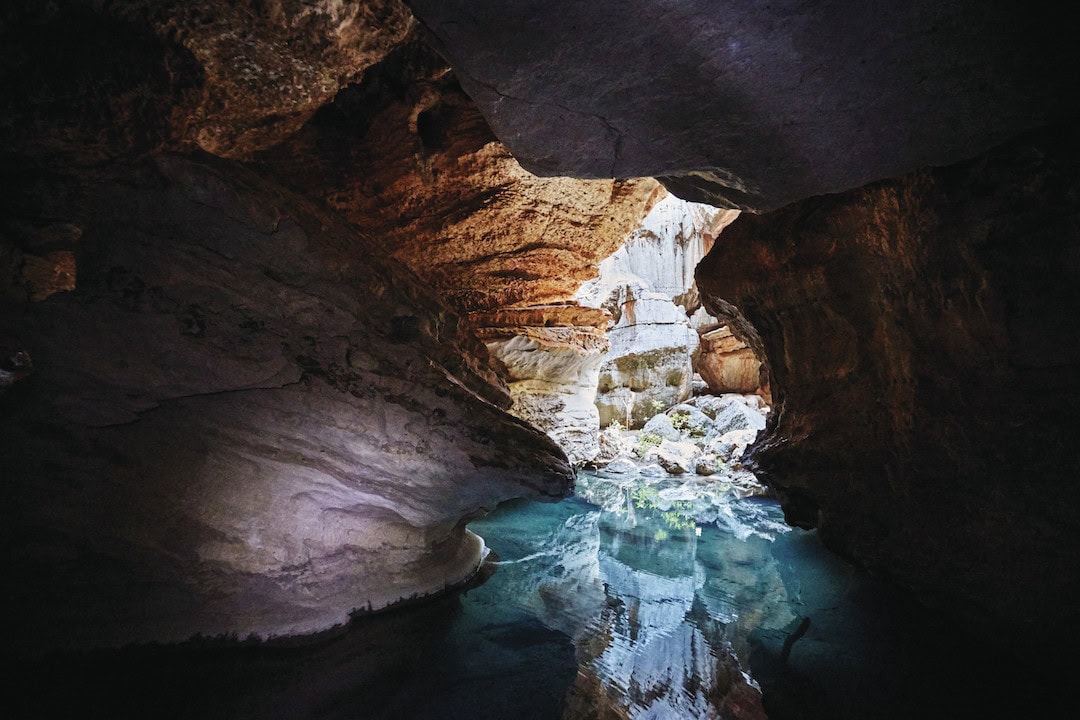
Mimbi Caves
The Mimbi Caves can be found 90 minutes drive outside of Fitzroy Crossing in the Kimberley, and they are part of the 350 million year-old Devonian Reef system.
The caves are 100 per cent indigenous-owned and operated, and the property is also home to an awesome campsite, allowing visitors to become completely immersed in the surrounding sacred area in 20 secluded campsites with hot showers and barbecue facilities.
As visitors navigate the caves, they are met with ancient rock paintings and petroglyphs on the walls, pointing to the use of the caves over the past thousands of years by the local Gooniyandi people. Passionate guides happily share a wealth of information on how the cave systems were formed, pointing out and explaining the intricate nature of speleothems, tall slender stalagmites, shawls, flowstones and sparkling calcite crystals formed over millennia.
At the end of the tour, cool off in the freshwater pools by the cave campsite.
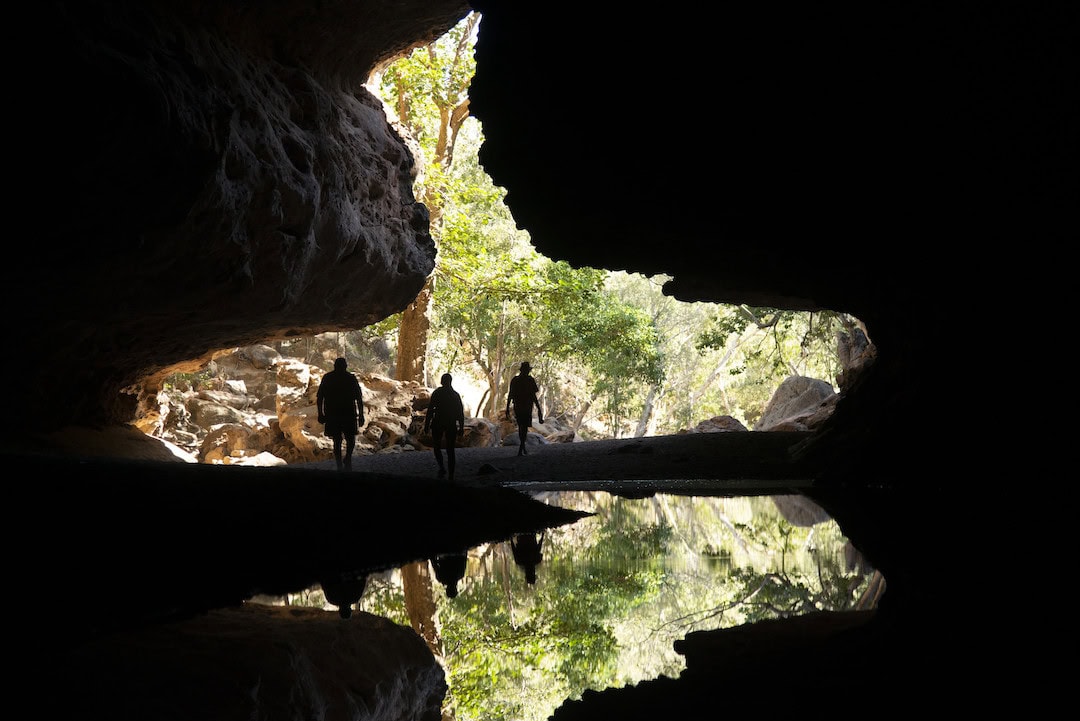
Dimalurru (Tunnel Creek) Cave & National Park
Known as Western Australia’s oldest cave system, Tunnel Creek National Park is an ideal experience for animal lovers, as the caves are filled with wildlife, ranging from bats to crocodiles to fish. It became famous in the late 1800s, and was also once part of the Devonian Great Barrier Reef System, meaning it dates back more than 350 million years.
The national park is located about 100 kilometres drive from Fitzroy Crossing; so it’s a do-able day trip, taking visitors from one end of the Napier Range to the other.
Be prepared to walk through water (up to your waist sometimes!) and bring a torch to explore the tunnel.
Interestingly, Aboriginal leader and so-called ‘outlaw’ Jandamarra (better known as ‘Pigeon’) used the ‘Cave of Bats’ (also dubbed ‘Pigeon Cave’) as his hideout for many years. After years of evading the police he was eventually killed in front of it in 1897, by another Aboriginal tracker.
If you enjoyed our story about 7 must-see caves in Western Australia, check out our feature on caves in Tasmania.
